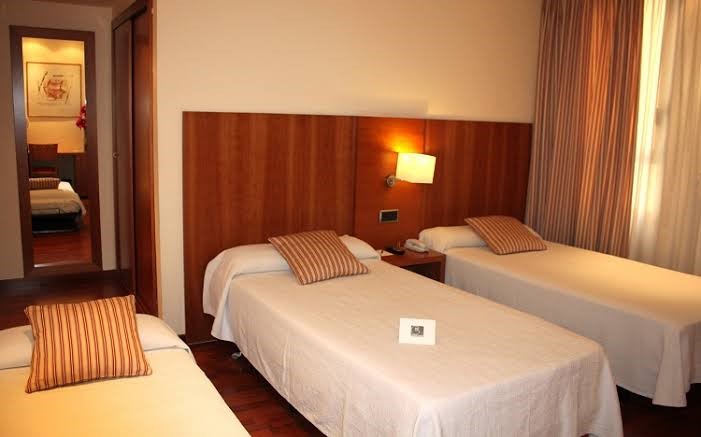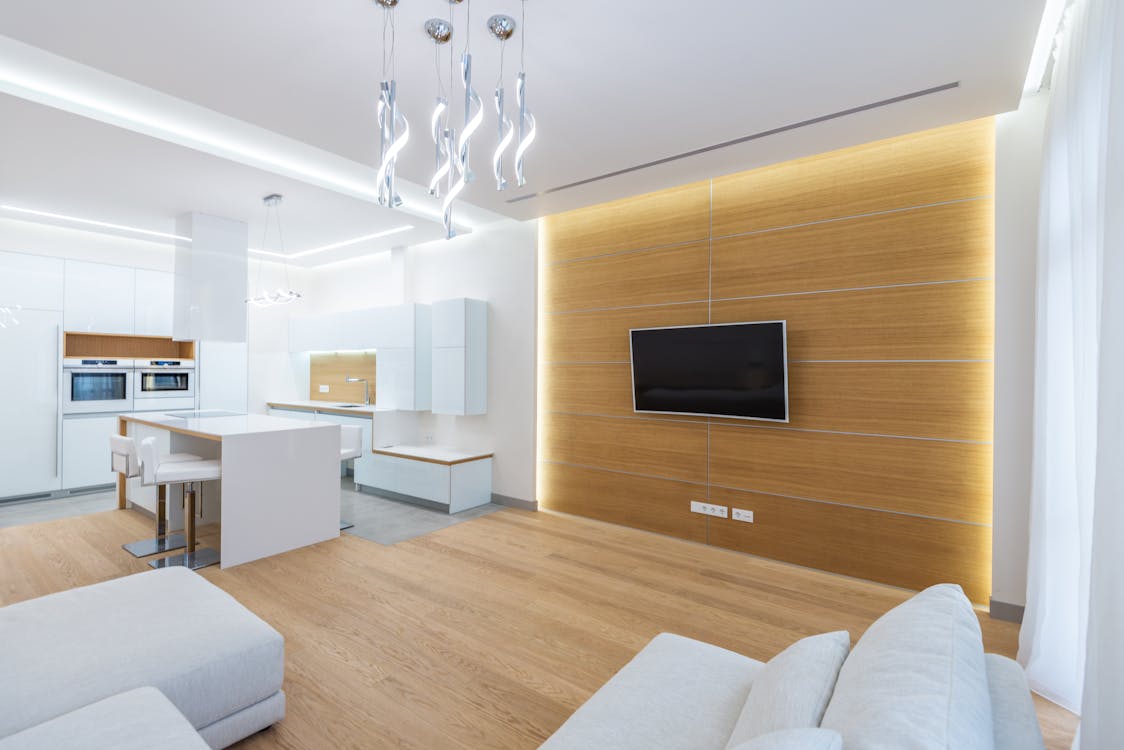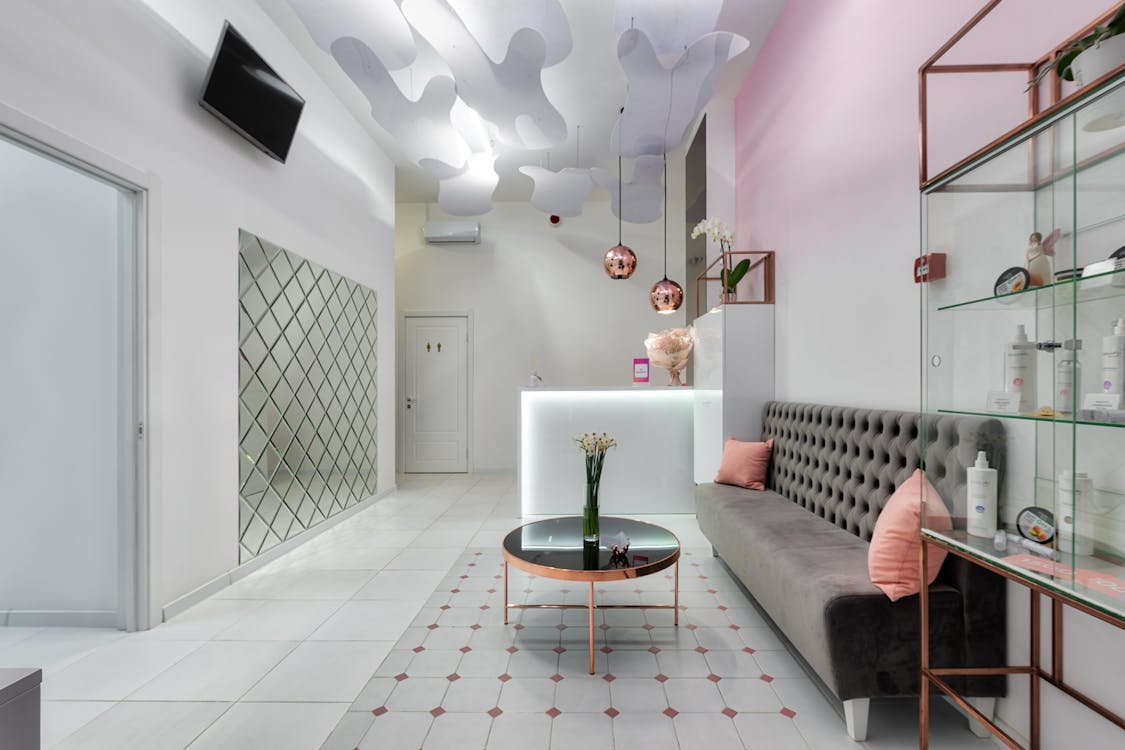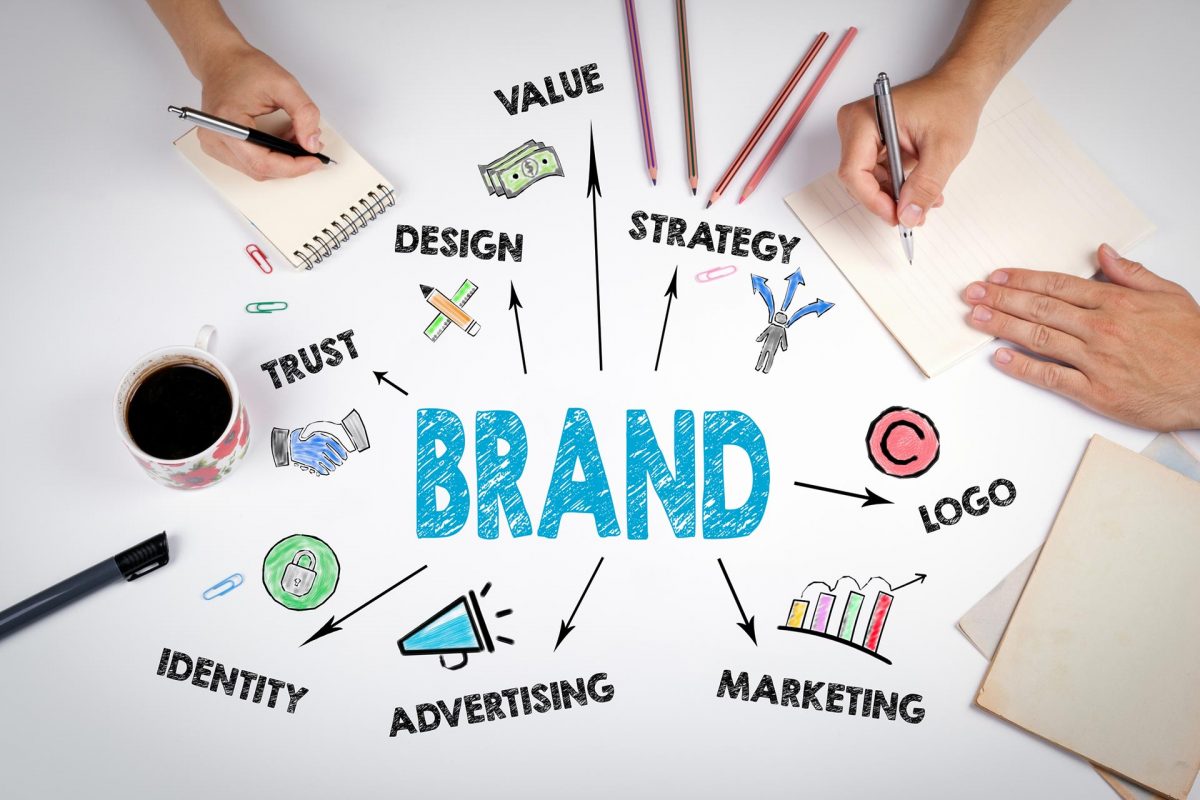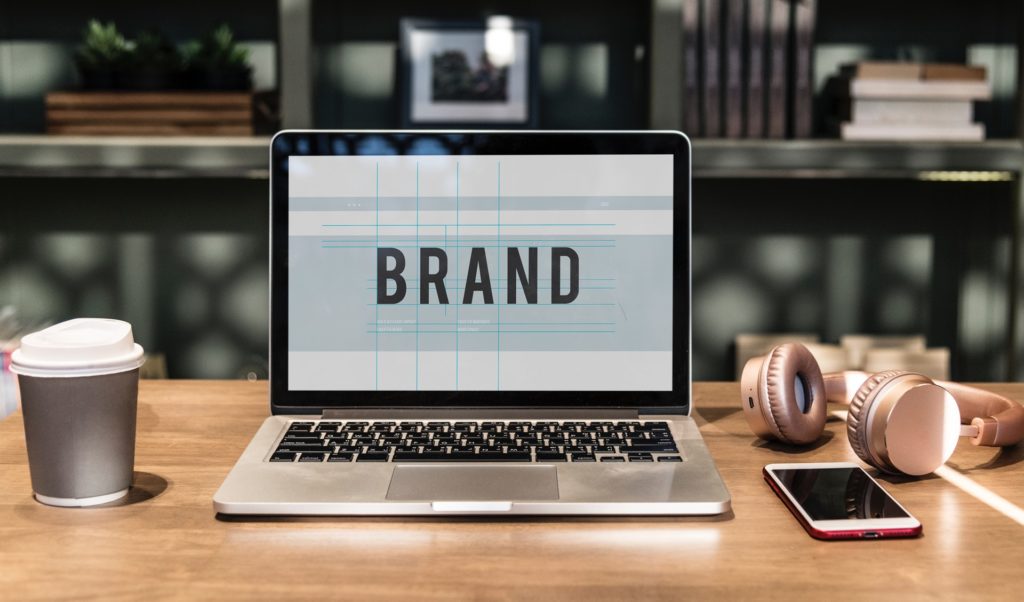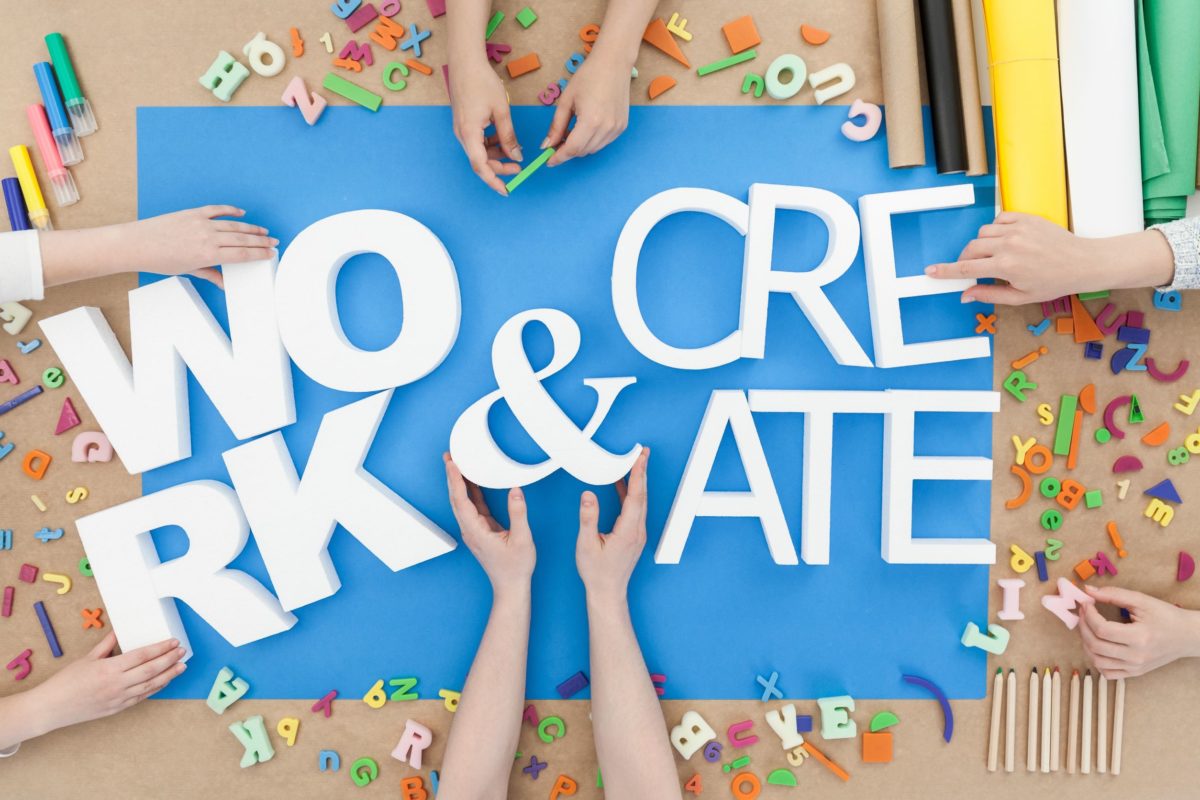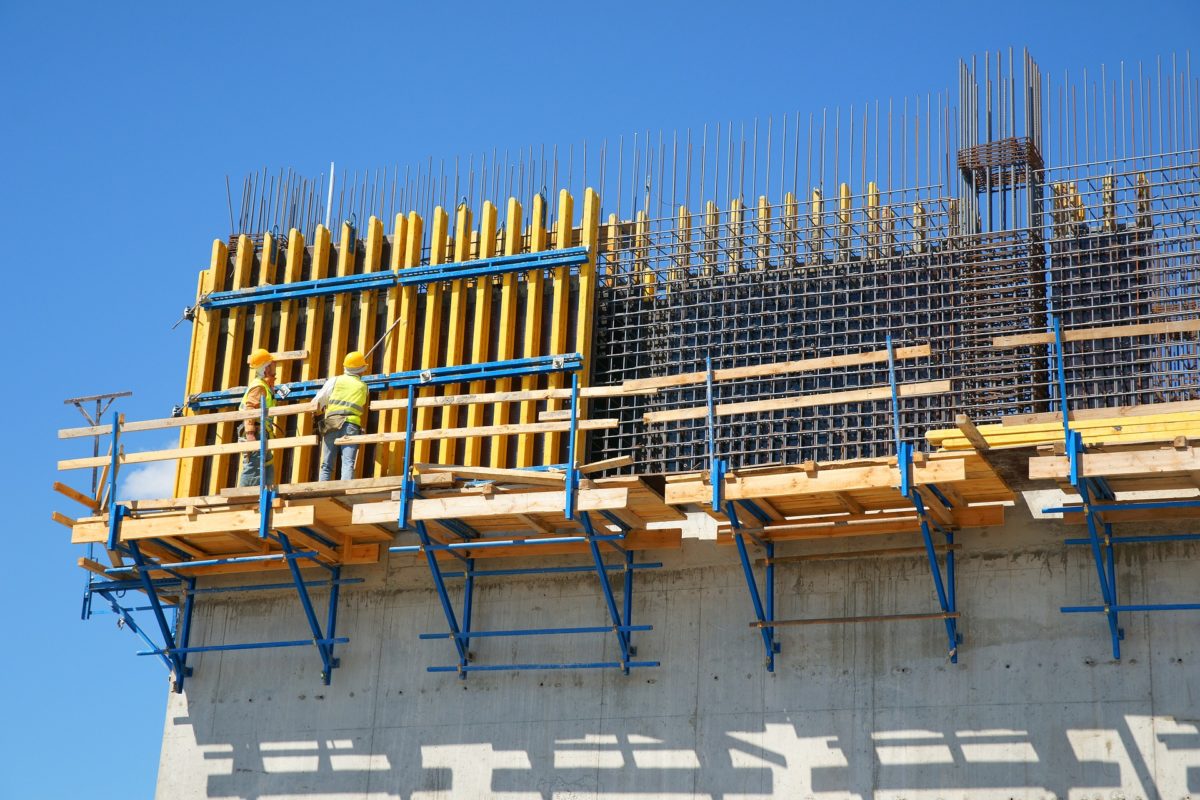
Top Trends in the Construction Sector for 2022
The construction industry has experienced some unprecedented situations and drastic changes in recent years. And while many predicted this would impact the industry in quite devastating ways, the opposite was actually true. The sector slowly turned to technology and innovative solutions for overcoming common challenges, completely transforming traditional operations in the process. As a result, new trends and tendencies emerged in the industry, all shaping to make construction a smarter and more efficient field in the near future. With that in mind, here are just some of the many important trends affecting the construction sector right now:
Modular building
The modular building represents the process of constructing buildings off-site, under controlled factory conditions and using the same standards and materials as conventional construction, and then putting together the produced building parts (modules) on site. This process can cut construction times in half and significantly reduce costs, which may explain its growing popularity. This type of building has proved to be particularly useful for time and noise-sensitive projects, making solutions such as modular classrooms particularly appealing options for educational facilities. Modular construction can provide space solutions to schools all over the world, eliminating disruptive open construction sites.
3D printing
Even though we’re still far from being able to produce 3D-printed structures on a larger scale, this technology is slowly revolutionizing the entire industry. 3D printing is most commonly used for practical solutions at the moment, such as producing materials, equipment parts, and building components. Smaller-scale projects have also been completed around the world using 3D printing, including tiny homes, villas, and office buildings. But right now, it seems like 3D printing technology will have the most practical utilization in building low-income and emergency homes to fight the current housing crisis. The better turnaround times and lower waste produced with this process make 3D printing even more appealing.
Greener materials
Along with modular building and 3D-printed solutions, new construction materials are starting to dominate the market as well. From recycled materials and engineered wood to bendable concrete and similar developments, eco-friendly materials are being used more than ever before. This is likely due to the rise in sustainability needs among consumers, and growing government incentives and green goals across the globe. However, it turns out that sustainable building materials are more cost-effective as well, allowing construction companies to remain environmentally conscious while reducing their overall expenses in these changing landscapes.
Smarter cities
Cities are beginning to evolve as well, mostly in an effort to increase the quality of life, improve economies, and enhance sustainability efforts. Smart cities are now implementing tech in the process of construction, whether that means using WiFi-enabled lighting or including pedestrian sensors. As a result, designers and builders alike have to improve their technical knowledge if they want to keep up with changing environments and remain competitive. The internet of things (IoT), public transport, “smart roads”, and waste management should all be studied to prepare for this shift.
Need for efficiency
The current digital transformation tendencies continue to make companies more flexible and agile organizations across all sectors. But when it comes to the construction industry, this might mean that net profits will remain lower in the foreseeable future. Combined with the current volatility of building material markets, it seems like optimization will be the best possible choice for most construction firms. It can be achieved by focusing on efficiencies and cost-saving options, being mindful of the way fluctuating costs are affecting estimates, bids, and budgets, and then planning operations accordingly.
Declining workforce
While a shortage of qualified labor is a continuing trend in construction, this issue is only getting worse. Job openings in the industry continue to increase, reaching around 50%, but new hires make up less than 15% at the moment. This has created a devastating labor shortage that impacts everything from construction operations to customer satisfaction. Investing in human resources departments can aid companies in retaining the best workers and finding new ones efficiently. Other helpful aspects include investments in construction equipment, workflow automation, competitive wages and bonuses, apprenticeships, and similar solutions.
Construction digitalization
As technology evolves, the construction industry continues to be impacted in more specific ways. For instance, self-driving vehicles are used for material and equipment transportation, robotic labor is leveraged for streamlining repetitive tasks, drones can perform surveying and inspections, sensors can enhance on-site safety, and artificial intelligence (AI) could create collaborative designs and smarter projects management. This reduces the need for human labor and increases overall efficiency, thus giving construction companies a wide array of choices in terms of boosting productivity and achieving better project outcomes.
Evidently, technology is already driving the construction industry in 2022, a factor that will only become more prominent in the following years. Partnering with more tech-savvy businesses may be key to future success.


